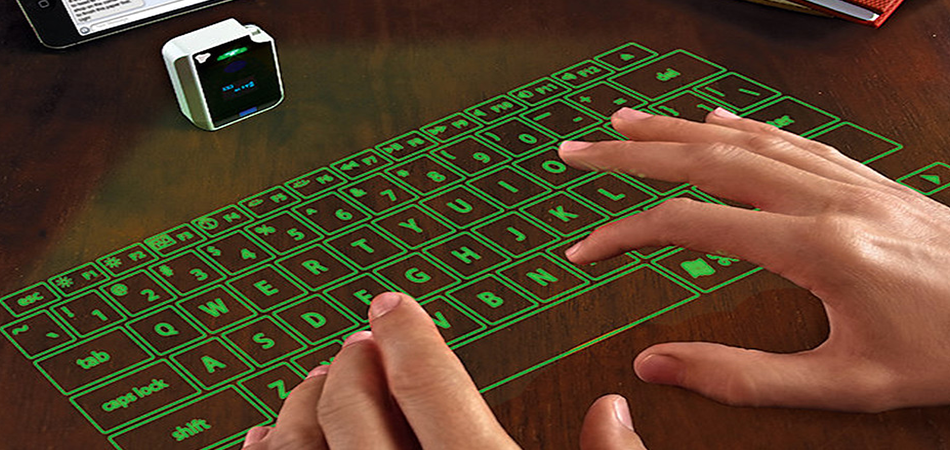
In the Hall of the Mountain King - Griegįollow us on twitter for news and updates. Pathetique Sonata, Movement 2 - Beethoven Some of demo songs included in the application: Ability to change position and tempo of the song playing Fully adjustable keyboard size for both keyboards by simply pinching your fingers Export your recorded songs or import MIDI files to play with high-quality piano sounds Two fully flexible keyboards including five octaves of high-quality sampled piano sounds, low-latency with no clicks or pops Even if you can't play the piano, you can still enjoy listening to high-quality piano tunes, which can be imported into Piano Sharp as MIDI file. You can also record your songs in MIDI format then export to your computer for external editing/playing with your preferred audio application.

Select over 40 songs that come with the app or import your own MIDI files to the Piano Sharp.
#Virtual piano keyboards software#
We cannot confirm if there is a free download of this software available. Virtual Piano 2010.05.07 could be downloaded from the developers website when we last checked. Unfortunately, the solution provides no option to record the songs that you create. When playing a song, piano keys will be highlighted on the top keyboard to help you learn any song you like. Select keyboard style and tweak the volume level of files in WAV format. Subscribe now.Piano Sharp HD is a virtual piano that allows you to compose, learn music, play your own MIDI files and record new songs in a simple and innovative way. Stay informed and gain unlimited access to the Daily Beast's unmatched reporting. Get the Daily Beast's biggest scoops and scandals delivered right to your inbox. Got a tip? Send it to The Daily Beast here While these mouth guards can’t be a solution for everyone, they may be able to offer one more option to assistive technology users, helping people who could not otherwise access these devices. His team is developing the second generation of “smart mouth guards,” he said, which will use machine-learning algorithms to train the device alongside the participant to cut training times. If you’re looking for an easy-to-use virtual keyboard, you could give Click-N-Type a try. Still, the training time was shorter than what brain-computer interfaces typically require, Liu said. There did seem to be a learning curve: Early on, it took the participants almost 90 seconds to play the tune, but 70 training sessions later, they could complete the task in a third of the time. These applications measured the mouth guard’s “sophistication and dexterity,” Liu said, adding that future tests of the device may incorporate more complex games and real-world scenarios. In a final test, one participant used the mouth guard to spell out the word “love” and the value 3.14 using a virtual keyboard. They then played the first few bars of “Happy Birthday” on a digital piano using different bite patterns to correspond to the various notes in the song. When two volunteers tested the mouth guard’s ability to steer a wheelchair, for example, different bite patterns turned the wheelchair, accelerated it forward, and made it stop. A mouth guard would solve these issues in a low-cost, accessible fashion, Liu said. Voice recognition only works in low-noise settings, eye-tracking software requires a camera be mounted in front of a user, and newly developed brain-computer interfaces need complex arrangements of wires and can involve invasive surgeries.

Xiaogang Liu, a materials science researcher at the National University of Singapore who led the study, told The Daily Beast in an email that existing assistive technologies leave plenty to be desired. The scientists then programmed these bites to direct a remote-controlled wheelchair and play a virtual piano in order to showcase the potential for this new class of assistive technology. Their device, which they detailed in a study published Monday in Nature Electronics, interprets a user’s bite pattern into one of 21 different signals.
#Virtual piano keyboards how to#
Newer solutions that attempt to link a person’s thoughts up to a computer are still in early development, and it’s taken users some time to learn how to use brain-computer interfaces.Įnter a team of researchers from Singapore and China who are trying to fill in the gaps with a mouth guard. But existing hardware still excludes some disabled people or those with chronic or degenerative illnesses-not everyone can control a joystick, for instance. Today, more than 2.5 billion people worldwide require these products to help them lead healthier and happier lives, according to the World Health Organization. From speech-to-text software to hearing and mobility aids, nearly every person will need some form of assistive technology during their lifetime.


 0 kommentar(er)
0 kommentar(er)
